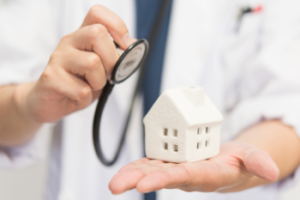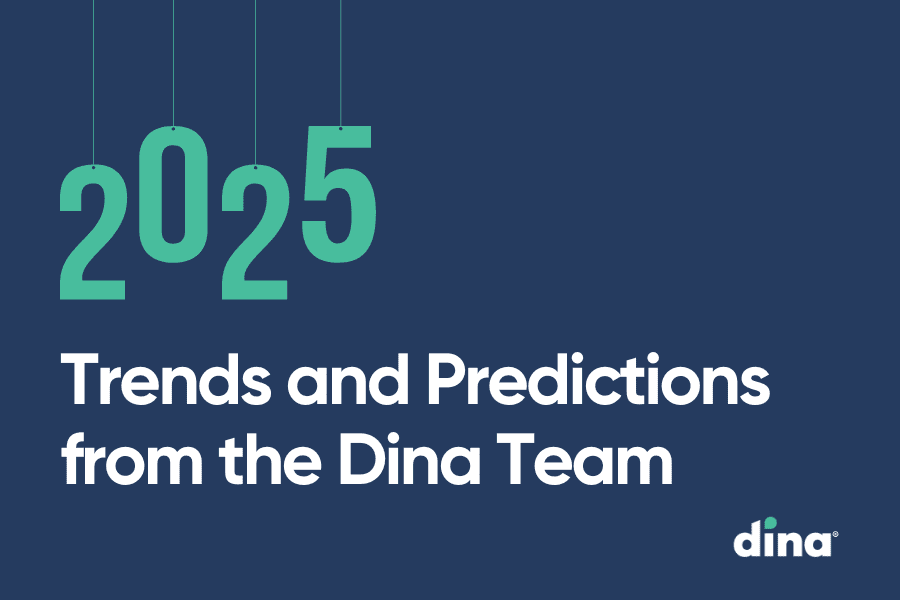
Summary
Home healthcare services are rapidly growing in demand. Here are 4 home care connection strategies to help providers transition care home.
The COVID-19 pandemic accelerated the transition to home-based care and the adoption of connected telehealth services. But change isn’t always easy. In every industry on the cusp of transformation, there are organizations that adapt and those who, despite demand, do not. Here are 4 strategies to help providers effectively establish home care connections.
1. Expanding community-based care models
The Silver Tsunami is here. We know that the majority of people want to age at home. And throughout the COVID-19 pandemic, we’ve seen that more people are comfortable receiving care in the home and community.

Early value-based leaders like Oak Street Health and Landmark Health continue to perform well. They put their people, processes, and technology behind this concept. And we have newcomers like Contessa Health, Ready and Dispatch Health, who have raised large amounts of money as new home-based care providers. They show you can absolutely win in this new model and we expect to see other providers follow suit.
2. Organizing new care settings
We need to understand how to organize care in the home and community because when you do, it’s more affordable for all parties, more convenient, and it’s a better experience for people. But in a hospital, you have nurses, social workers, doctors, pharmacists, and a whole team of other care providers all working under one roof. Now think about the complexity of a hospital room
Healthcare, profession, people and medicine concept – happy doctor or nurse at hospital. Portrait of young attractive smiling nurse. Hoome nurse. Woman working in nursing home.
It has instrumentation and equipment, a nurse call button, and healthcare professionals who are quickly able to triage in the room. None of that exists in the home, but that’s starting to change. Health plans are beginning to reimburse patients for home devices to monitor blood pressure, weight, caloric intake, and other clinical indicators. We’ve made great strides with virtual care solutions to allow nurses or doctors to virtually “see” patients in their homes. And we’re seeing more hospitals and health plans explore ways to invest in these types of innovations and solutions.
3. Using data to support community interventions
Data is finally showing up in healthcare. The challenge now is to use data to activate the right level of care at the right location at the right time. Choosing a post-acute care setting is often based on a patient’s skilled requirements and doesn’t take into account what else an individual may need. For example, a 70-year-old man who has a knee replacement surgery and is progressing with physical therapy may be discharged to his home. But there’s other data that indicates he lives alone, is struggling with meal preparation, and can’t manage his prescribed medications.

4. Activating a “care traffic control” mindset
Care coordinators are no longer waiting for patients to call and say they’re not feeling well. Instead, they’re using home care services and technology to actively monitor patients remotely and capture rich data from the home. This is proving to be an effective way to extend care to more patients outside of the hospital, especially patients with complex conditions.
Armed with data, care coordinators can determine who the priority cases are that require immediate intervention.
Home Care Connection: Improving Patient Care with Data
An important component of home care connection, and what we’re doing with our Dina platform, is to use advanced analytics and machine learning to recommend evidence-based, non-medical interventions. Armed with this data, care coordinators can gain an understanding of what individual patient or member needs look like. And they can determine who the priority cases are that require immediate intervention. The results are what everyone wants in healthcare: to prevent unnecessary trips to the hospital or ER, and keep more patients healthy at home.
Want more Dina news? Sign up for our newsletter for twice-monthly industry updates.




